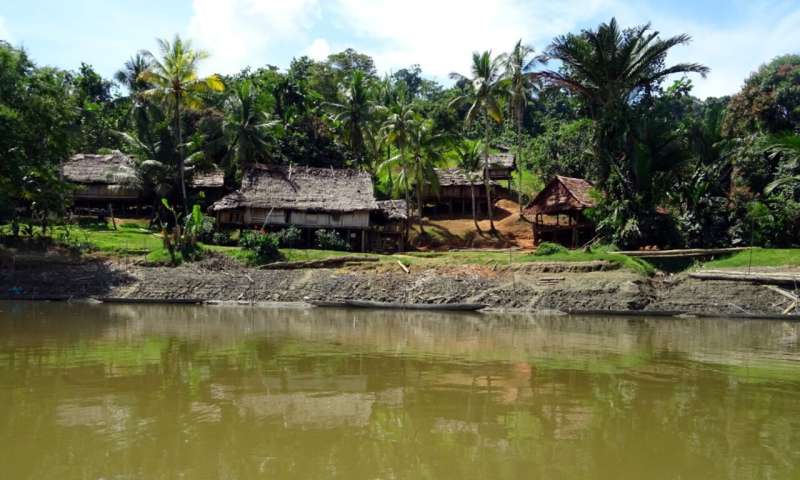

High altitude environments are one of the most demanding habitats in which humans have ever lived. This difficulty is mainly due to hypoxia: oxygen is less available to human tissues at high altitude. However, several populations worldwide have successfully settled at high altitude for thousands of years, and even display physical traits to counteract hypoxic conditions. A new study, published in the PLOS ONE journal, showed that Papua New Guinean highlanders may also show similar adaptive traits as a result of living at altitude for 20,000 years.
The new findings are based on a database of morphological and physiological data from New Guinean highlanders and lowlanders, recently collected by the Papuan Past project, which brings together researchers from the universities of Tartu (Estonia), Toulouse (France) and Papua New Guinea. “We measured phenotypic traits in Papua New Guineans from two altitude ranges. 89 people originated from Daru (Western Province), a low altitude location, and 73 individuals from villages on the slope of Mount Wilhelm (Chimbu Province), the highest peak of Papua New Guinea (4500 m above sea level),” explained François-Xavier Ricaut, CNRS researcher at the Laboratoire Evolution et Diversité Biologique (University of Toulouse, France) and corresponding author.
Studies on altitude adaptation have mainly focused on Tibetan, Andean and Ethiopian populations, while Papua New Guinean highlanders have been neglected. “Measured phenotypes related to altitude have been shown to differ in several high-altitude populations worldwide but their variation among Papuan populations have been understudied,” said Nicolas Brucato, co-author from the same institution. However, the Papua New Guinean highlands has been continuously settled for an extended period of 20,000 years, which may have favored specific adaptations to live at high altitude, added Brucato.
Mathilde André, the lead author from the Institute of Genomics (University of Tartu, Estonia) said that to help fill these gaps, they explored the differences between highlanders and lowlanders from Papua New Guinea for 13 phenotypes. “We found that highlanders have a smaller height and waist, larger lung volume and chest depth and higher hemoglobin concentration compared with lowlanders. All of these traits have also been observed in other high-altitude populations worldwide, but for the first time our results may hint to altitude adaptation in Papua New Guinean highlanders,” added André.
Source: Read Full Article